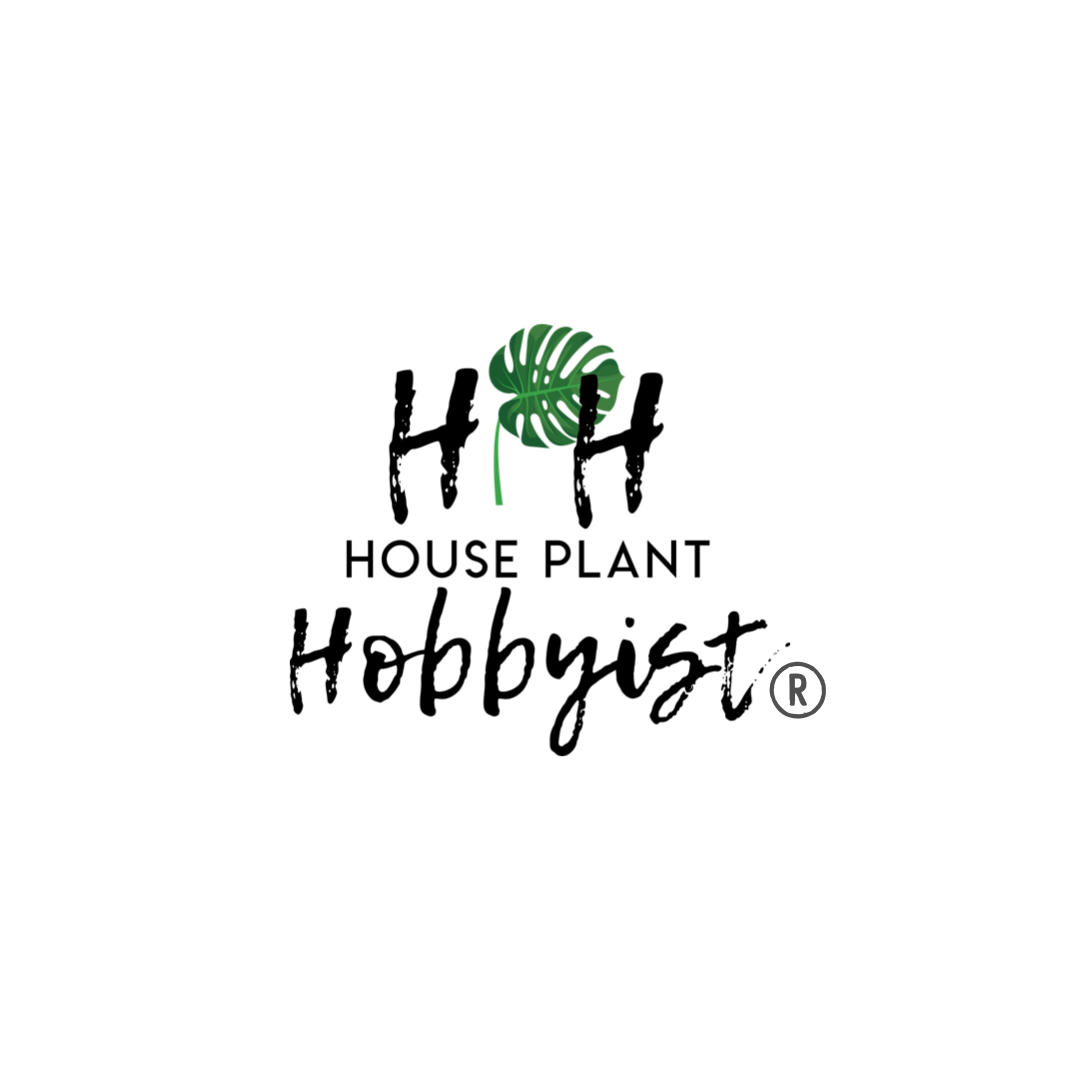Philodendon vs Monstera
So you're taking a peek at the garden center in your local Lowe’s and you see a nice bushy plant with deep green, heart-shaped leaves atop mostly upright stalks. There may even be a split leaf or two in there. Could it be the famous Monstera deliciosa you've been lusting after? You take a look at the tag: "split leaf Philodendron." Wait, what gives? Is that the same thing? Is a Monstera a Philodendron at all? This is just confusing now!
I see this happen often, and more and more I have been seeing folks confusing Monstera for Philodendron because of this misleading common name. Well, I am here to set the record straight, and I see it as a great opportunity to make plant taxonomy (the science of naming plants) a little less murky.
So let's start at the top and work our way down until we get to Monstera and Philodendrons, and explore what makes them similar until they break away from each other, and we will then see what sets them apart.
First, it is important to understand how taxonomy works at its most basic. You start with a very broad category (think Plant kingdom or Animal kingdom) and work your way through more narrow categories until you wind up with individual species (Monstera deliciosa, or Homo sapiens).
With this in mind, let's start at the top with the Plantae Kingdom. Plants are mostly multicellular and make their food using sunlight and water in a process called photosynthesis. They are Eukaryotes, which means their cells have a nucleus and are bound up by a membrane.
Within the Plant Kingdom, there is what is called a Clade of Angiosperms, which are plants that flower (think Orchids, Roses, Apple trees, daisies, etc). Plants that do not flower are called Gymnosperms, by comparison (think Pines, Ginko, and Sago palms). Anyway, Monstera and Philodendron both make flowers, so they are considered Angiosperms.
Within the Angiosperm Clade is another more narrow Clade called Monocots. A plant is a Monocot if its seed has one tiny little embryonic leaf inside. Plants that have seeds which have two embryonic leaves inside are called Dicots (Magnolias and Peppercorn plants are examples of dicots). Both Monstera and Philodendron seeds have one embryonic leaf, so they are considered Monocots.
Within the Monocot Clade is a group of plants known as the Alismatales Order. Alismatales are plants which are flowering monocots that are very often found in wet areas and likely share a common evolutionary ancestor. Many Alismatales have flower structures which are made up what is called a spathe and a spadix. You know what a flower on a peace lily looks like, right? Then you already know what a spathe and spadix look like! A Family of plants within the Alismatales Order which has these flower structures is called Araceae. This is the family that Monsteras and Philodendrons belong to, as well as peace lilies, Rhapidophora tetrasperma, Pothos, and many other plants you might have in your collection.
Now here is where things get more murky. Both Philodendrons and Monsteras are in the Araceae family. Philodendrons and Monsteras are both native to the Americas. Both Genera (plural form of Genus) have member Species that climb and make leaves with splits. Philodendrons and Monsteras both have spadix and spathe flowers (which is why they are in the same family, Araceae). So why then aren't they considered the same thing? Aside from a few physical differences (new Philodendron leaves are protected by a sheath called a cataphyll) the answer is in their genes. Monsteras and Philodendrons cannot cross-pollinate to make hybrids. You can't take pollen from a Monstera deliciosa flower and put it on a flower from a Philodendron brasil and make hybrid seeds to grow into a new plant.
This was not understood for hundreds of years until genetic science was advanced enough, and Monsteras were originally considered Philodendrons as a result, despite not being the same thing. So while they are very, very similar in many ways, they are just different enough to not be considered the same thing. The name stuck, and that is why you see "Split leaf Philodendron" or "Swiss cheese Philodendron" stuck on a label on a Monstera pot. A Monstera is a Monstera and Philodendrons are Philodendrons, and Monstera are NOT Philodendrons and now maybe we have a more clear understanding of why.
For more great educational content from Michael Arpino, check out House Plant Hobbyist on Facebook!

